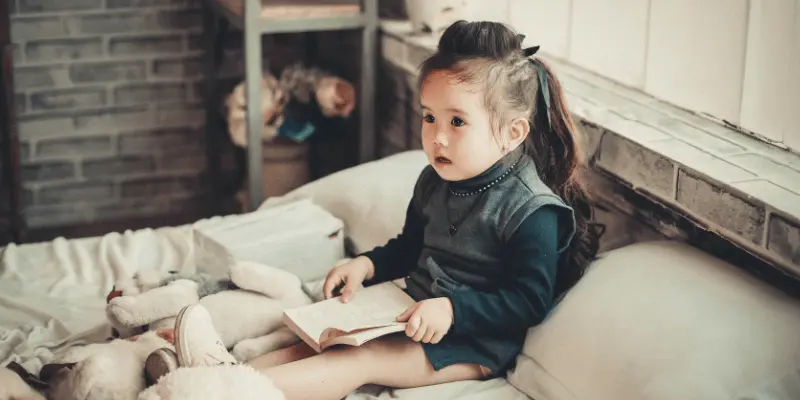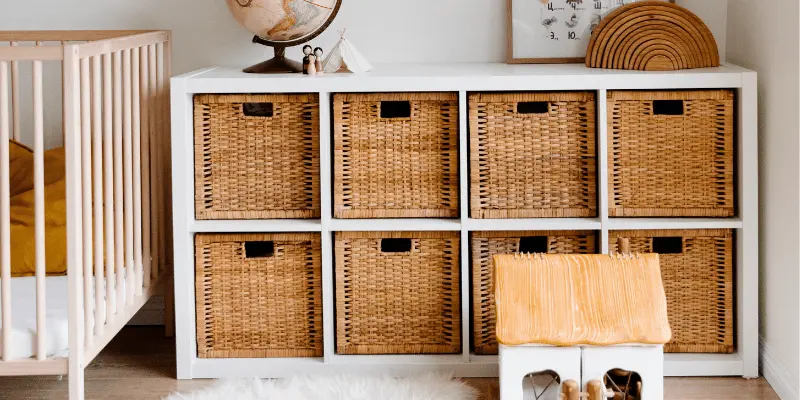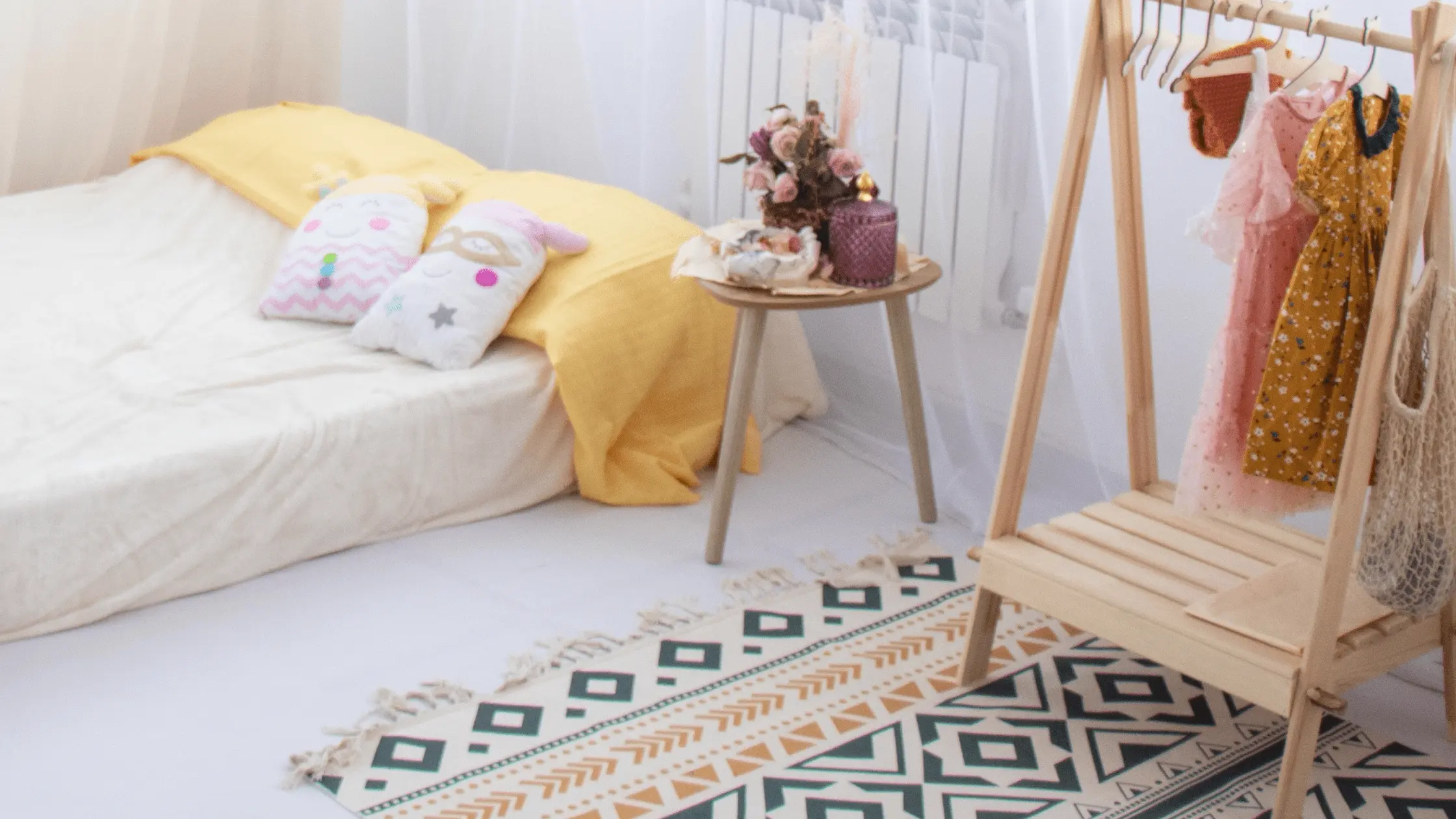Introduction:
This blog post will go through efficient soundproofing measures that will assist you in creating a pleasant and quiet atmosphere for your kid in your apartment. We understand how important it is to provide a peaceful environment for your child to sleep, play, and develop in without being bothered by outside noise. We will provide practical soundproofing for creating a peaceful baby room, whether it’s highway noise, loud music from neighbors, or ordinary home noise.
Importance of Soundproofing and Creating a Peaceful Baby Room:
Sleep is essential for a baby’s general growth and well-being. A loud atmosphere can interfere with their sleep habits as well as their mood and behavior. You may reduce exterior noises and create an ideal environment for undisturbed relaxation by soundproofing your baby’s room.
When it comes to creating a peaceful and safe environment for your little one, soundproofing the baby room apartment is essential. Babies are highly sensitive to noise, and excessive noise can disrupt their sleep patterns and overall well-being.
By soundproofing the baby room apartment, you can create a serene space where your baby can rest, play, and grow without disturbances from external noises. Whether it’s loud traffic sounds, noisy neighbors, or even household appliances, soundproofing helps to minimize these distractions and create a calm atmosphere conducive to your baby’s development.
Additionally, soundproofing the baby room apartment provides benefits for parents as well. It allows you to have peace of mind knowing that your baby is not constantly being disturbed by outside noises. It also enables you to have uninterrupted sleep or enjoy quiet moments with your little one without worrying about disturbing others in neighboring apartments.
Investing in soundproofing measures such as acoustic panels, double-glazed windows, door seals, or even using white noise machines can significantly reduce noise transmission into the baby room apartment. These solutions not only provide a quieter environment but also contribute to enhancing the overall comfort and privacy of your living space.
Soundproofing the baby room apartment is crucial for creating a nurturing environment that promotes healthy sleep patterns and overall well-being for both babies and parents alike. By minimizing external noises and creating a peaceful sanctuary within your home, you can ensure that your little one gets the restful sleep they need for optimal development.

Know the main noise sources:
Street Traffic:
Living in a bustling city can expose you to constant noise from cars, buses, motorcycles, and pedestrians. The constant hum of traffic can be disruptive, mainly if your apartment is located near a busy road.
Neighboring Activity:
Apartments often share walls, floors, and ceilings with neighboring units, making it easy for noise to transfer between spaces. Whether it’s loud music, footsteps, or conversations, neighboring activity can be a significant source of disturbance.
HVAC Systems:
Heating, ventilation, and air conditioning (HVAC) systems are essential for maintaining a comfortable living environment. However, they can also be a noise source, particularly if they are outdated or poorly maintained.
Echoes within the Building:
Some apartment buildings are designed in a way that allows sound to bounce off surfaces, creating echoes and amplifying noise. This can be especially problematic in common areas such as hallways, stairwells, or lobbies.
Methods creating a peaceful baby room:
1. Analysing Current Noise Sources:
Living in an apartment can be a wonderful experience, but it can also come with its fair share of challenges. One of the most common challenges is dealing with noise pollution, which can disrupt your peace and quiet.
Whether it’s the sound of street traffic, neighboring activity, HVAC systems, or echoes within the building, identifying the main sources of noise is crucial before embarking on a soundproofing procedure. By understanding these sources, you can effectively lower or eliminate them, creating a more peaceful and enjoyable living environment.

2. Sealing Windows and Doors:
When it comes to noise penetration, windows, and doors are frequently the weakest points. Begin by looking for any openings or gaps that might enable sound to enter. Such gaps can be efficiently sealed using weatherstripping or caulking.
Consider utilizing thick curtains or installing soundproof windows if your budget allows. These measures can significantly reduce the amount of noise entering your apartment, creating a more serene living space.
3. Enhancing Insulation:
Proper insulation not only helps manage temperature but also works as a sound barrier. Examine your apartment’s walls and ceiling for any locations where insulation may be weak. Sound transmission can be greatly reduced by adding extra insulation materials such as acoustic foam panels or fiberglass batts.
4. Using Soundproofing Materials:
To reduce noise in your baby’s room, you can use a variety of soundproofing materials. Acoustic panels or tiles absorb sound waves and decrease echo, making them ideal for walls and ceilings. Consider utilizing thick rugs or carpet padding on the flooring to reduce footsteps and impact sounds.
Soundproof drapes or blinds can also help block outside noises. Also, consider using soundproofing materials on shared walls, such as acoustic panels or soundproofing wallpaper.
5. Furniture Placement and Layout:
Furniture arrangements might help to create a zone of silence between loud areas of your apartment and the baby’s room. Consider placing large things, such as bookcases or dressers, against common walls to function as sound barriers. Additionally, placing soft furniture near windows, such as soft chairs or sofas, might assist absorb outdoor sounds.

6. White Noise Machines and Sound Soothers:
Using white noise machines or sound soothers may provide a relaxing environment for your child in addition to minimizing outside disruptions. These devices provide repeated sounds, such as ocean waves or mild rain, that help hide background disturbances and put your child to sleep.
7. DIY Soundproofing Solutions:
If you’re on a limited budget, there are a few DIY options for improving sound insulation in your baby’s room. These include installing draught stoppers at the bottom of doors, wrapping windows with sticky weatherstripping tape, and even utilizing egg cartons as random sound absorbers on the walls.
8. Addressing Noisy Appliances:
Air conditioners and fans could generate annoying noises in your apartment. Consider purchasing quiet ones with low decibel ratings that are particularly suggested for use in the bedroom. Placing felt pads beneath appliances might also aid in reducing vibration sounds.
9. Service the HVAC:
To reduce HVAC noise, ensure that your system is regularly serviced and consider adding soundproofing materials around the unit. Additionally, using a white noise machine or a fan can help mask the sound of the HVAC system and create a more peaceful ambiance in your apartment.
10. Reduce echos:
To combat echoes within the building, consider using acoustic panels or sound-absorbing materials on the walls. These materials can help dampen sound waves and minimize echoes, creating a quieter and more pleasant atmosphere.
11. Setting Expectations with Neighbors:
Finally, when it comes to reducing noise levels in an apartment and Creating a Peaceful Baby Room, open communication with neighbors is important. Discussing your problems calmly and finding common ground may go a long way toward maintaining everyone’s tranquility. Furthermore, if noise concerns continue, consider raising the issue with building management for alternate solutions.
Creating a peaceful baby room; Conclusion:
You may Create a Peaceful Baby Room within your residence by using the above-mentioned soundproofing measures. Remember that each area is different, so feel free to mix and combine these strategies to meet your personal demands and budget. Providing your kid with a sleep-friendly atmosphere will not only benefit them but will also help parents preserve their mental health in all the activities of apartment living.
